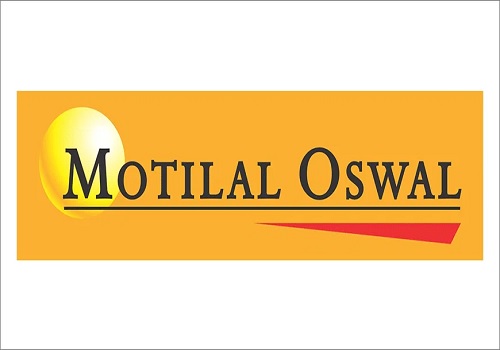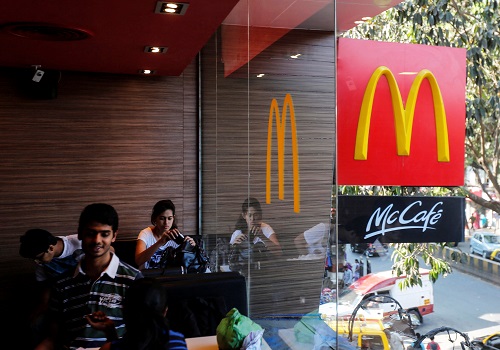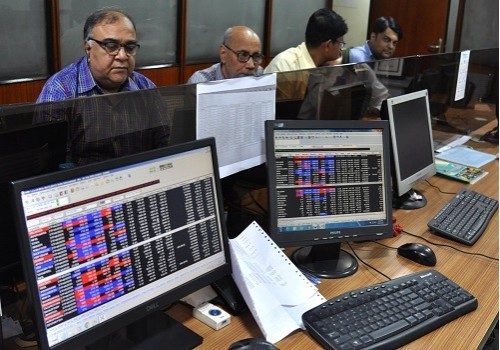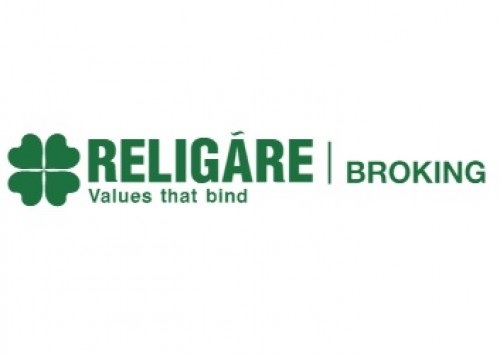Monthly fixed Income Outlook -September 2023 by Pankaj Pathak, Quantum Mutual Fund

Monthly Commentary Sept 2023 – Fixed Income
In the last month, the 10-year Indian government bond (G-sec) yield went up to 7.25% in the first half and then retraced back to the previous month’s closing level of 7.17% by the end of the month.
Longer end 20-30 years maturity G-sec yields declined by 3-5 basis points, while the shorter maturity 1-year G-Sec yield went up by around 10 basis points from 6.90% to 7.00%.
Market movement during the month was closely linked to the moves in the US treasury yields. Nevertheless, there were host of other factors that influenced the bond market ranging from spike in inflation, reduction of liquidity surplus and demand supply balance.
Global Yields grinding higher
The 10-year US Treasury yields shoot up to 4.33% during the month before cooling off to close at 4.12% vs 3.96% in the previous month. The sharp up move in the US treasury yields was attributed to – (1) stronger than expected employment and growth numbers, and (2) increase in treasury borrowings.
We expect high interest rates and tightening liquidity to continue to put downward pressure on the global economic growth and inflation. We see higher probability of yields coming down than moving higher from current levels.
Liquidity Conditions Tightened
On August 10, the RBI, in its monetary policy, introduced the incremental cash reserve ratio (ICRR) of 10% on increase in bank deposits between May 19, 2023 to July 31, 2023. This was introduced with an intention to manage the liquidity overhang in the banking system created due to the withdrawal of Rs. 2,000 denomination notes.
Implementation of the ICRR sucked out Rs. 1.10 trillion from the banking system. During the month, the banking system liquidity surplus declined from Rs. 2 trillion to Rs. 0.8 trillion. During the same period, the core liquidity, which excludes the government balance, dropped from Rs. 3.8 trillion to Rs. 2.5 trillion.
Money market rates also surged higher due to a reduction in core liquidity. The 3-month Treasury bill was traded around 6.78%–6.80% at the month end. The 3-month AAA PSU commercial paper (CP) and certificate of deposit (CD) were trading 25–30 bps above the respective maturity T-Bills.
Transitory Inflation Vs Fiscal Risk
The consumer price inflation spiked to a 15-month high in July, reaching 7.44% YoY vs. 4.81% in the previous month. This large spike was primarily driven by food basket. The vegetables contributed to nearly 32% of CPI inflation. While cereals, pulses, and spices also contributed to the sequential surge. While ex of food and fuel inflation (Core CPI) moderated to 4.9%.
The central government announced various measures, like a ban on wheat and non-basmati rice exports, a 40% export duty on onions, and open market selling of tomatoes
onions, and pulses to control food inflation. The government also reduced the price of LPG cylinders by additional Rs. 200 under the PM Ujjwala scheme. These extra-budgetary spendings by the government along with subdued tax collections, might pose challenge to the government’s fiscal position.
Going forward, CPI inflation is expected to fall due to a softening in vegetable prices. Although some vegetable prices, like tomatoes, have dropped, onion, cereal, and pulse prices have surged, which keeps inflation elevated above 6% for the next 1-2 months. However, this should be transitory, and we would expect the headline CPI to fall back to near 5% by the year's end. We expect CPI inflation to average around 5.3% in FY24.
The risk to the inflation trajectory might emanate from the deficient rainfall negatively impacting the food production.
Outlook:
We expect the Indian bond yields to remain in the broader range of 7.0%–7.3% over the coming months, tracking domestic food prices, crude oil prices and the US treasury yields.
Longer term outlook of bonds looks more favourable as the rate hiking cycle is near end in most economies around the world. In most places, a rate cutting cycle might start by early next year.
Investors with 2-3 years investment horizon and some appetite for intermittent volatility, can continue to hold or add into dynamic bond funds.
Dynamic bond funds have flexibility to change the portfolio positioning as per the evolving market conditions. This makes dynamic bond funds better suited for the long-term investors in this volatile macro environment.
Investors with a short-term investment horizon and with little desire to take risks, should invest in liquid funds which own government securities and do not invest in private sector companies which carry lower liquidity and higher risk of capital loss in case of default.
Above views are of the author and not of the website kindly read disclaimer










Top News

McDonald`s India franchisee Westlife's profit misses as costs mountfranchisee Westlife's pro...
Tag News

We anticipate immense potential benefits from the upcoming Sovereign Gold Bond Tranche in FY...



More News

Nifty is expected to open gap down note and likely to witness profit booking during the day ...








